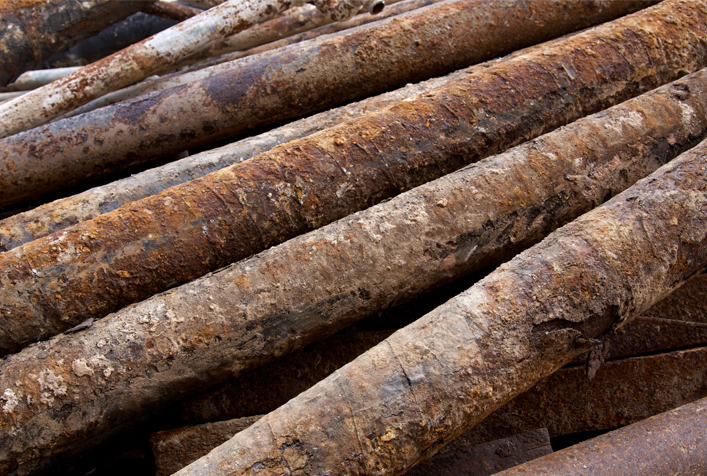Helping Drinking Water Systems Replace Lead Service Lines

Project Brief
The Challenge
Up to 10 million American households still connect to water through lead pipes and service lines, putting millions of Americans at risk of health effects from exposure to lead in their drinking water. Low-income communities and communities of color are often disproportionately exposed to these risks. Catalyzed by $15 billion in Bipartisan Infrastructure Law funding for lead service line replacement (49 percent of which must be provided to disadvantaged communities), EPA and four state partners (Connecticut, New Jersey, Pennsylvania, and Wisconsin) are collaborating under a new initiative—Lead Service Line Replacement Accelerators—to provide technical assistance, tools, knowledge sharing, and best practices to address barriers and accelerate progress toward identifying and replacing lead service lines in local communities. This work involves collaboration and engagement with and among EPA, state programs, water system managers, and community leaders. Lessons learned from this initiative will be used to develop best practices to be shared nationwide.
ERG's Solution
ERG is supporting the Lead Service Line Replacement Accelerators initiative by providing several forms of direct technical assistance to 20 communities in Pennsylvania and Wisconsin. Our team works with the state programs and with community water systems to prepare needs assessments and work plans tailored to each system’s needs. We then directly assist communities, helping them use existing documentation and conduct field investigations to inventory their service lines to identify those containing lead. We are also helping water systems develop funding applications for a loan or grant under EPA’s Drinking Water State Revolving Fund to fully replace all public and private lead service lines within the water system. In parallel at the state level, our team is helping Pennsylvania and Wisconsin build program capacity to support other communities beyond the initial set of 20 in order to further accelerate progress toward LSL replacement. In further stages of this initiative, our team will provide project oversight; support water systems in developing robust plans to replace their lead service lines; and support outreach to and communication with community-based organizations, residents, and other stakeholders.
Client
U.S. Environmental Protection Agency